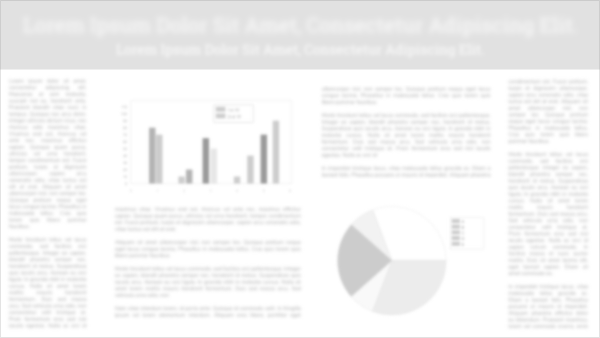Interprofessional Education in a Community Teaching Hospital with a Distributed Campus: A Retrospective Review of Learners’ Perceptions of Virtual and In-person Learning
Background: As more evidence emerges about the impact of virtual environments on the quality and student acceptance of Interprofessional Education (IPE) electives (1, 5), this retrospective study shares Trillium Health Partners' (THP) experience with virtual IPE electives in a community-distributed campus setting. This study explored the experiences of IPE learners from 12 health professions, focusing on their perspectives across in-person and virtual learning formats to identify opportunities to improve the delivery of IPE electives.
Methods: This study used a mixed-methods design. From September 2024 to April 2025, learners completed a voluntary and anonymous post-session evaluation with ten Likert scale questions assessing learning objectives, core competencies for Interprofessional Collaborative Practice (2), session format, and facilitator effectiveness. Open-ended questions solicited feedback on session highlights and areas for improvement. Two-sample t-tests were used to compare mean session scores of in-person vs. virtual sessions and identify any statistically significant differences. Qualitative thematic analysis was used to identify recurring patterns and themes in the open-ended responses (4), leveraging AI software (Copilot) (3) for the thematic analysis portion.
Results: During that period, THP facilitated 18 IPE sessions with 334 attendees from 12 programs of study. In total 219 post-session evaluations were completed. Statistical analyses of all evaluations highlighted that learners were three times more likely to attend IPE sessions virtually. It also revealed both virtual and in-person platforms effectively enabled learners to gain further understanding of the skills, knowledge, attitudes and values essential for collaborative practice as outlined in the CIHC Competency Framework (2).
Two-sample t-tests revealed no significant differences between virtual and in-person sessions (averaging 4.4) regarding self-reported achievement of session learning objectives or perceived facilitator effectiveness.
Qualitative analyses of open-ended questions suggested that in-person sessions were more interactive and engaging than virtual sessions, offering opportunities for deeper interaction and personal reflections. Challenging topics, such as death and dying and microaggressions, were easier to address during in-person sessions. Learners thought that virtual sessions could benefit from more opportunities for interaction through the use of tools such as breakout rooms and interactive polls.
Conclusions: This retrospective study compared health profession learners' experiences of virtual vs. in-person IPE electives at THP. Findings indicated that while virtual sessions offer flexibility and accessibility, in-person sessions are preferred for their interactivity and deeper engagement, highlighting the complexity of balancing logistical benefits with the educational value of in-person interactions in interprofessional collaboration.



